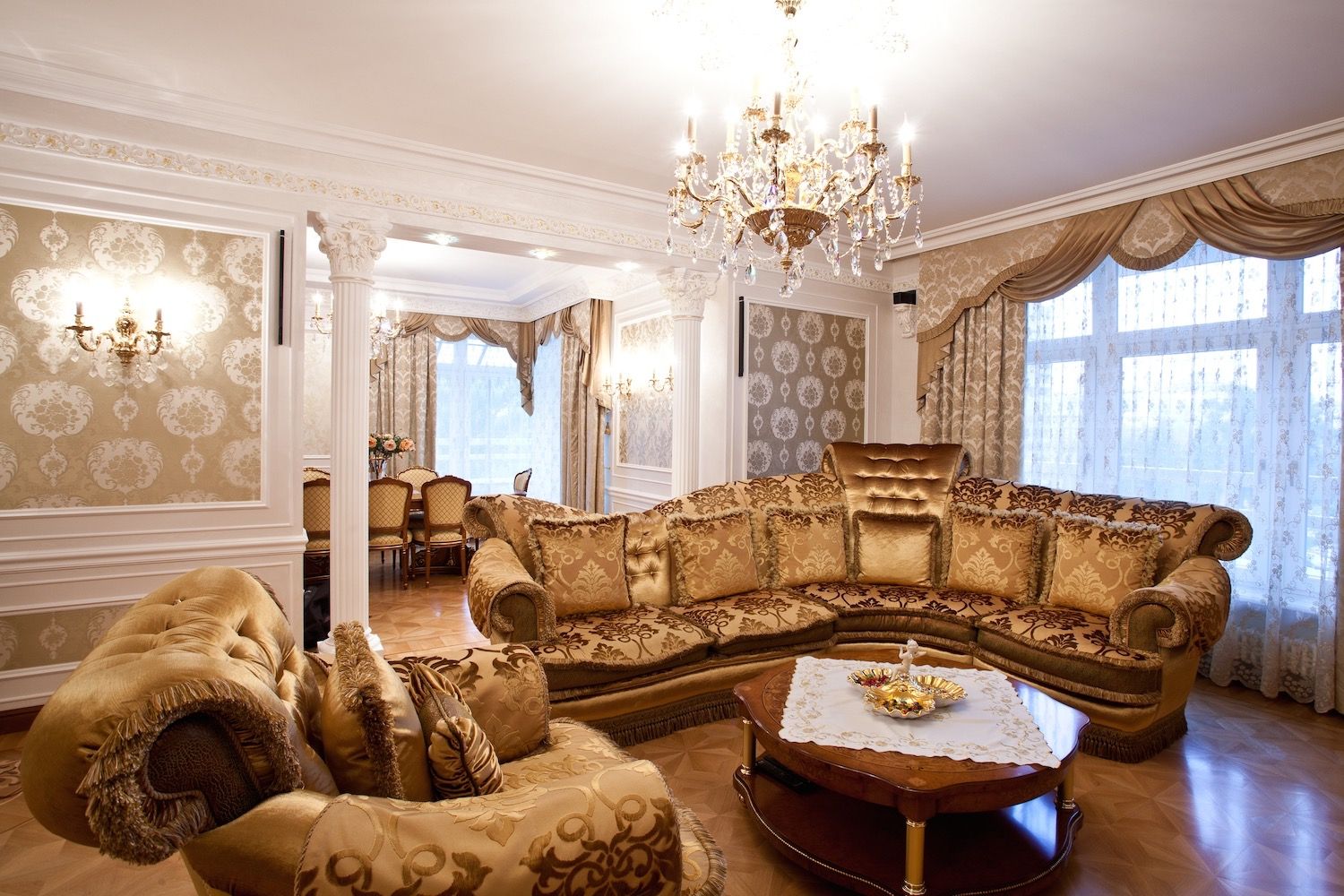Design Elements: Middle Eastern Decor

Middle eastern decor – Middle Eastern homes are renowned for their unique architectural features, intricate patterns, and the use of natural materials. These elements combine to create a distinctive and inviting ambiance.
Traditional architectural features include arches, domes, and courtyards. Arches are often used to create entrances, windows, and passageways, adding a sense of grandeur and elegance. Domes are commonly found in mosques and other religious buildings, providing a sense of height and spaciousness. Courtyards are central to many Middle Eastern homes, serving as outdoor living spaces and providing natural light and ventilation.
Geometric Patterns and Motifs
Geometric patterns and motifs are a defining characteristic of Middle Eastern decor. Arabesque, a complex and intricate pattern of intertwining lines and shapes, is commonly found in tiles, fabrics, and architectural details. Mashrabiya, a latticework screen made of wood or metal, is used for privacy and to regulate airflow.
Natural Materials, Middle eastern decor
Natural materials such as wood, stone, and textiles play a significant role in Middle Eastern interiors. Wood is used for furniture, doors, and ceilings, adding warmth and texture to the space. Stone is often used for flooring, walls, and countertops, providing a sense of solidity and coolness. Textiles, such as carpets, cushions, and curtains, are used to add color, pattern, and comfort.
Color Palettes and Lighting

Middle Eastern decor is renowned for its vibrant and captivating color schemes, which often draw inspiration from the region’s rich cultural heritage and natural landscapes. Jewel tones, such as emerald green, sapphire blue, and ruby red, add a touch of opulence and sophistication to any space. Earthy hues, like terracotta, ocher, and sand, evoke the warmth and beauty of the desert. Metallic accents, particularly in gold and copper, bring a sense of luxury and glamour. When selecting colors for a Middle Eastern-inspired space, consider the overall ambiance you wish to create and the existing architectural features.
Lighting plays a crucial role in Middle Eastern decor, both in terms of functionality and aesthetics. Traditional lighting fixtures, such as lanterns and chandeliers, are often adorned with intricate designs and colorful glass or metalwork. These fixtures not only provide illumination but also serve as decorative elements that add a touch of authenticity to the space. In a modern setting, these traditional fixtures can be paired with contemporary lighting sources to create a harmonious blend of old and new.
Natural Light
Natural light is highly valued in Middle Eastern architecture and interior design. Large windows and open spaces allow ample sunlight to enter, creating a bright and airy atmosphere. Courtyards and skylights are also common features, providing additional natural light and ventilation. To maximize natural light in a Middle Eastern-inspired space, consider using sheer curtains or blinds that filter but do not block sunlight. Place mirrors strategically to reflect light and create the illusion of a larger space.
Middle Eastern decor, with its vibrant colors and intricate patterns, can create a warm and inviting atmosphere. However, if you’re looking for a more minimalist approach, consider incorporating elements of Swedish interior design , which emphasizes clean lines, natural materials, and a neutral color palette.
By combining the best of both worlds, you can create a unique and stylish space that reflects your personality.
Middle Eastern decor has a rich history, characterized by vibrant colors, intricate patterns, and luxurious fabrics. It often incorporates elements of Islamic art, such as geometric designs and calligraphy. If you’re looking for a way to add a touch of global flair to your home, consider using world cup wallpaper.
This type of wallpaper features bold patterns and colors inspired by the Middle East, and it can create a truly stunning focal point in any room. To complete the look, add some traditional Middle Eastern furniture, such as ottomans, poufs, and carpets.